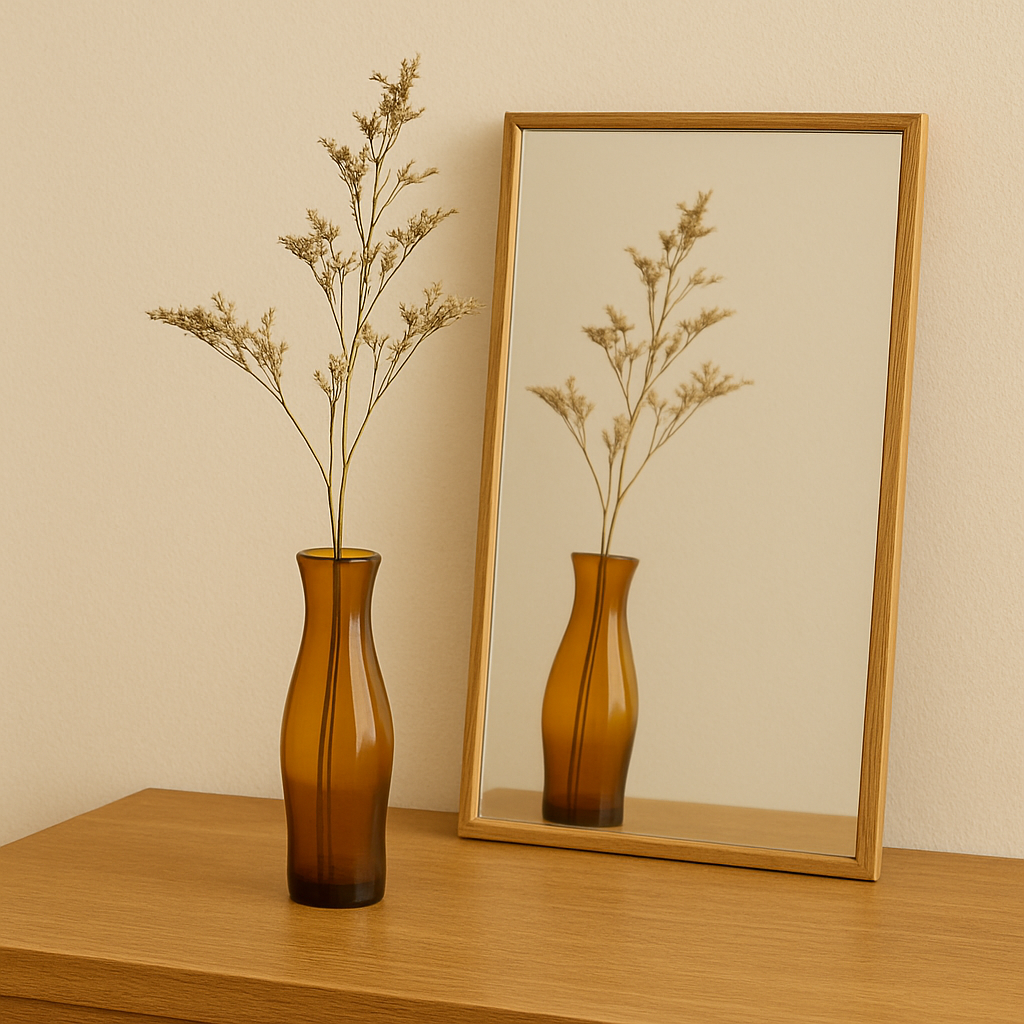"Real things are always better, aren't they?"
"Posters just don't quite cut it."
I sometimes hear that kind of comment when I'm talking about art.
Certainly, original artwork has a unique power.
However, there's a unique way to enjoy posters that can't be found in any substitute, and that's something that can't be replaced.
In this column, I would like to focus on the respective charms of the original artwork and the poster.
It's not about having to choose one or the other, but rather about the existence of different ways of "relating to art."
I would be happy if you could read it in that way.
The Allure of Original Artwork: The Power of "One and Only"
The original artwork has a special presence.
There's a feeling that you can almost sense the layers of paint, the texture of the paper or canvas, even the artist's breath. When standing before an original artwork in a museum or gallery, you can sometimes feel a quiet tension, as if time has stopped.
Furthermore, the original artwork is highly attractive due to its rarity, as there is only one of its kind.
You can hold it close, protect it, and take your time to cherish it.
For those who want to keep their favorite pieces of art close by for a long time, it may provide a very deep sense of satisfaction.
The Allure of Posters: The Agility of Art That Can Be "Changed Out"
The poster is more lightweight.
For example, if you prepare one frame, you can change the room's atmosphere to match your mood or the season by simply changing the artwork inside. Just like changing clothes, you can freely enjoy art in your daily life.
Perhaps that casualness is the best thing about posters.
The price is also relatively affordable for posters, which makes it easy to follow your instincts and try things out. Even when combining multiple posters for a coordinated look, they are easy to incorporate, allowing you to enjoy creating spaces with free-flowing ideas.
The appeal of the original artwork and the poster, all in one.
By the way, I also recommend displaying the original artwork and the poster together.
Adding posters that can be changed according to your mood to the original artwork creates movement and rhythm in the space. Arranging them while being aware of the differences between "one-of-a-kind" and "something that can be re-selected according to your mood" gives you the feeling that their respective charms complement each other.
For example, the original artwork in the entrance hall and a poster in the living room.
Or, you could display several small posters and mix in one original artwork among them.
You are free to combine them in any way you like.
How do you want to engage with art?
Original artwork carries a certain weight, as if it's a presence that will always be with you, while posters possess a gentler quality that allows you to enjoy change. It's natural that your choices will vary depending on the space, lifestyle, and your mood at the time.
Perhaps the criterion isn't whether it's an original artwork or a poster, but rather whether it's something that makes you feel comfortable.
The artists who poured their heart and soul into both the original artwork and the posters.
Artists who actively engaged in reproducible media such as posters and prints, in addition to original artwork, have broadened their scope of expression and brought art to many people.
Keith Haring
With the belief that "art is for everyone," he engaged in art activities in public spaces, such as "Subway Drawings" drawn in chalk on advertising boards inside subways. His works have also been widely developed as products such as posters and T-shirts, serving as a means of delivering art to many people.
🔗 https://www.nakamura-haring.com/
Roy Lichtenstein
As a master of Pop Art, Lichtenstein produced over 300 prints and posters in addition to his paintings. His works blurred the boundaries between original artwork and reproductions, and attempted to fuse popular culture with high art.
🔗 https://ja.wikipedia.org/wiki/%E3%83%AD%E3%82%A4%E3%83%BB%E3%83%AA%E3%82%AD%E3%83%86%E3%83%B3%E3%82%B9%E3%82%BF%E3%82%A4%E3%83%B3
Kiyoshi Awazu
Kiyoshi Awazu, a Japanese graphic designer and artist, left behind the words "Take the path of multiple reproductions" and conveyed social messages through posters and printed materials. His works transcend the boundaries of art and design, demonstrating the potential of posters as a medium of expression.
🔗 https://ja.wikipedia.org/wiki/%E7%B2%9F%E6%B4%A5%E6%BD%94
Alphonse Mucha
Mücha, a leading painter of the Art Nouveau movement of the late 19th century, rose to fame with his poster "Gismonda," which he created in 1894. This poster attracted attention from the moment it was put up all over the city, and it became a turning point for posters to be recognized as works of art.
🔗 https://mucha.sakai-bunshin.com/
Both the original artwork and the poster have their own unique merits.
Do what you like, in the way you like. Don't be too formal, be more relaxed, be more free.
It's also fun to choose the right distance from the art, depending on your mood for the day and the atmosphere of the space.






